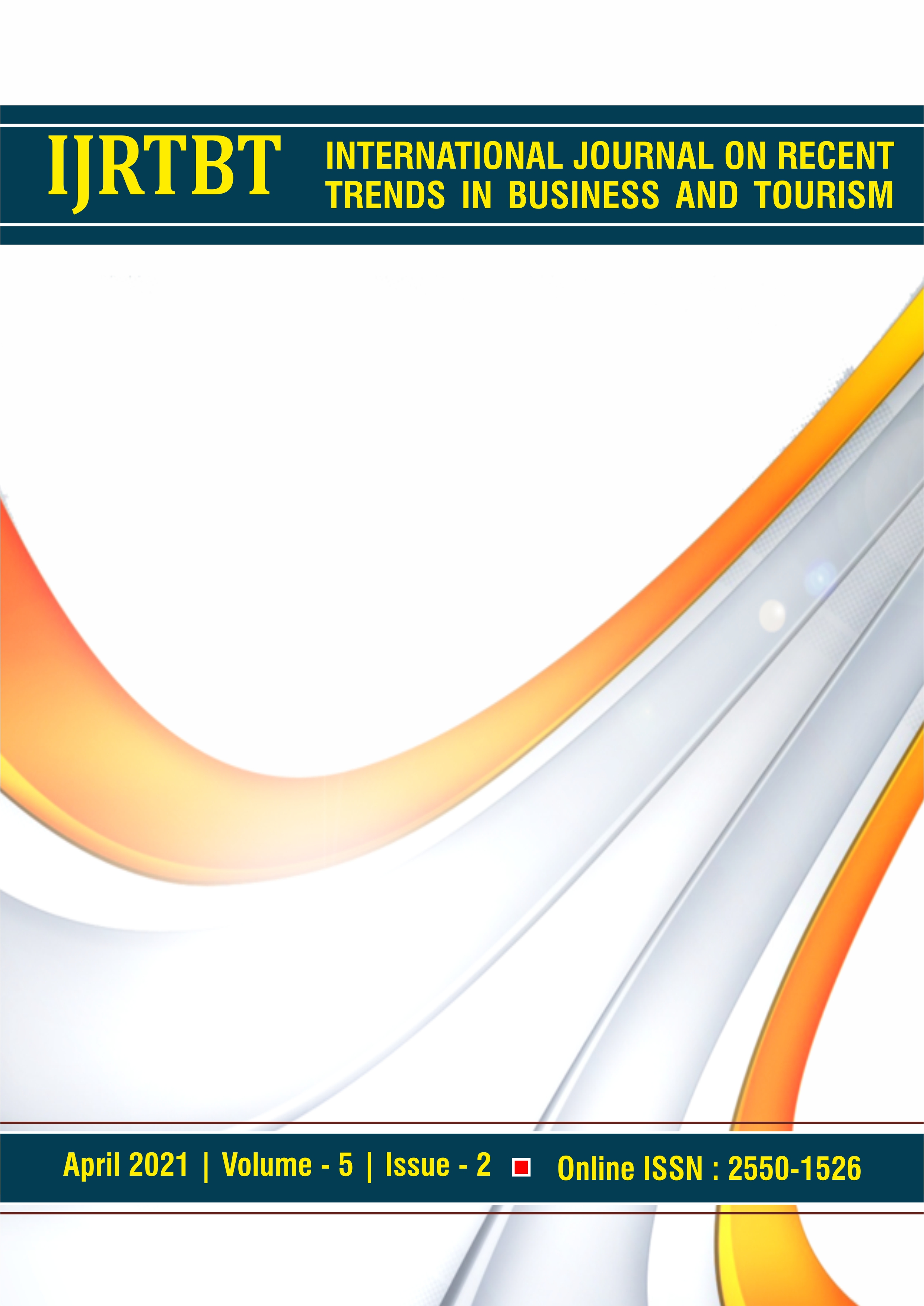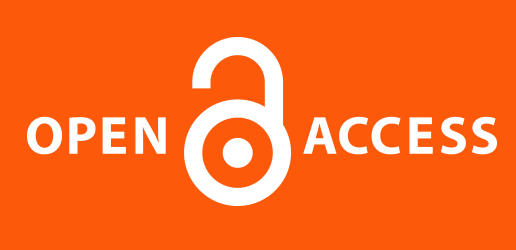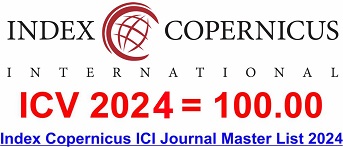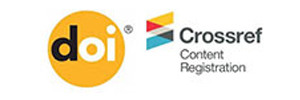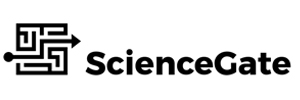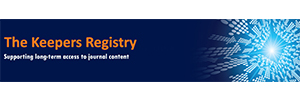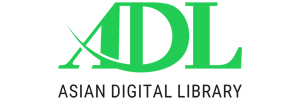DESIGNING QUESTION PAPER MARKS DISTRIBUTION BASED ON BLOOM’S TAXONOMY LEVEL FOR COURSE OUTCOMES MEASUREMENT
DOI:
https://doi.org/10.31674/ijrtbt.2021.v05i02.001Abstract
Outcome based education is an innovative teaching and learning methodology continuously focusing on the improvement of learning outcomes. Knowledge, skill, and competence learning Outcomes are required to achieve during the process of learning. Outcome based assessment is the assessment process which is aligned with the learning outcomes. This paper represents an insight to formulate the question papers as per Bloom’s Taxonomy level. An application of the theoretical framework for the integration of question paper setting through achievable matrix is described. Uniformity and systematic methodology are implementation is one of the key requirements of the accreditation agencies. Customization of the achievable matrix and implementation for different courses will bring uniformity across the institutions.
Keywords:
Outcome Based Education, Learning Outcomes, Achievable Matrix, Course OutcomesDownloads
References
Basri, H., Che Man, A.B., Wan Badaruzzaman, W.H., & Nor, M.J.M. (2004). Malaysia and the Washington Accord: What it Takes for Full Membership. International Journal of Engineering and Technology, 1(1), 64-73.
Bellis, I. (2000). Delivering HRD in the new millennium-are we taking it there or being taken? SANDF Bulletin for Educational Technology 23, pp 13-24.
Bloom, B.S., Engelhart, M.D., Furst, E.J., Hill, W.H. & Krathwohl, D.R. (1956). Taxonomy of Educational Objectives. David McKay Company, Inc., U.S.
Canadian Engineering Accreditation Board. (2016). Accreditation Criteria and Procedures. Engineers Canada. Retrieved From: https://engineerscanada.ca/sites/default/files/accreditation-criteria-procedures-2016-final.pdf
Cartwright, R., Weiner, K. & Streamer-Veneruso, S. (2010). Student Learning Outcomes Assessment Handbook, Montgomery College, Montgomery County, Maryland. Retrieved From: https://www.scribd.com/document/426034576/Learning-Outcomes-Assessment
Charles, T.G, & Towers, J.M. (1996). An Elementary School Principal's Experience with Implementing an Outcome-Based Curriculum. Contemporary Education, 68(1), pp 67-72.
E. Commission, & Culture. (2008). The European Qualifications Framework for Lifelong Learning (EQF). Office for Official Publications of the European Communities, Luxembourg.
EAC. (2007). Engineering Programme Accreditation Manual. Engineering Accreditation Council, BEM. Retrieved From: https://www.eac.org.my/web/document/EACManual2007.pdf
Houghton, W. (2004). Engineering Subject Centre Guide: Learning and Teaching Theory for Engineering Academics. HEA Engineering Subject Centre, Loughborough.
Jaafar M.S., Nordin, N.K., Wagiran, R., Aziz, A., Noor, M.J.M.M., Osman, M.R., Noorzaei, J. & Abdulaziz, F.N.A. (2008). Jaafar M.S., Nordin, N.K., Wagiran, R., Aziz, A., Noor, M.J.M.M., Osman, M.R., Noorzaei, J. & Abdulaziz, F.N.A. (2008). Assessment Strategy for an Outcome Based Education. International Conference on Engineering Education, July. Retrieved From: https://www.semanticscholar.org/paper/Assessment-Strategy-for-an-Outcome-Based-Education-Jaafar-Nordin/d041dd7a06d1692ec261bf32a2b7325f122b5863
Perception on Assessment for Learning in Outcome-Based Education Curriculum: A Case Study in the Optical Communication Course. 7th World Engineering Education Forum (WEEF), 13-16 Nov. Retrieved From: https://ieeexplore.ieee.org/document/8467020
Patra, S.M. & Ramakanth, K.P., (2016). Academic Excellence through attainment of course outcomes a case study on Engineering Chemistry. Journal of Educational Research and Medical Teacher, 4(1), pp 9-19.
Patra, S.M., & Subramanya, K.N. (2018). Blended learning is a Journey not an Event.International Journal on Recent Trends in Business and Tourism, 2(4), 19-23.
Rashid, R.A., Abdullah, R., Zaharim, A., Ghulman, H.A. & Masodi, M. (2008). Engineering Students Performance Evaluation of Generic Skills Measurements: ESPEGS Model. 5th WSEAS / IASME International Conference on Engineering Education (EE'08), July 22-24. Retrieved From: file:///C:/Users/kabir/Desktop/education605WSEAS.pdf
Subheesh, N.P. & Sethy, S.S. (2018). Assessment and Evaluation Practices in Engineering Education: A Global Perspective. 3rd International Conference of the Portuguese Society for Engineering Education (CISPEE), 27-29 June. Retrieved From: https://ieeexplore.ieee.org/document/8593451/authors#authors
Wiliam, D. & Thompson, M. (2007). Five 'Key Strategies' for Effective Formative Assessment. National Council of Teachers of Mathematics. Retrieved From: https://www.wagnerhigh.net/ourpages/auto/2015/2/2/52792377/Five%20Key%20Strategies% 20for%20Effective%20Formative%20Assessment.pdf
Published
How to Cite
Issue
Section
License
Copyright (c) 2021 International Journal on Recent Trends in Business and Tourism (IJRTBT)

This work is licensed under a Creative Commons Attribution-NonCommercial-NoDerivatives 4.0 International License.

